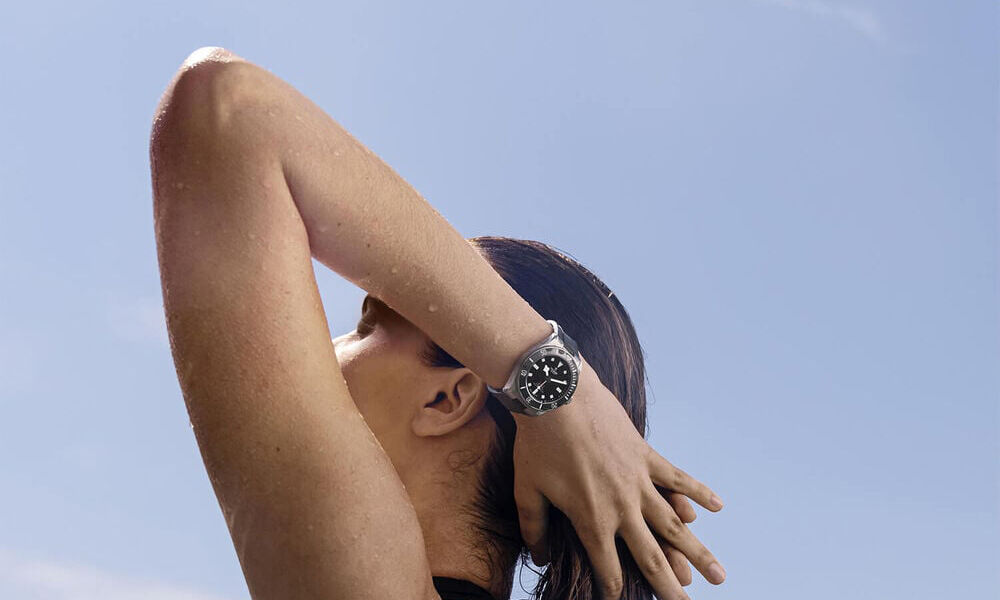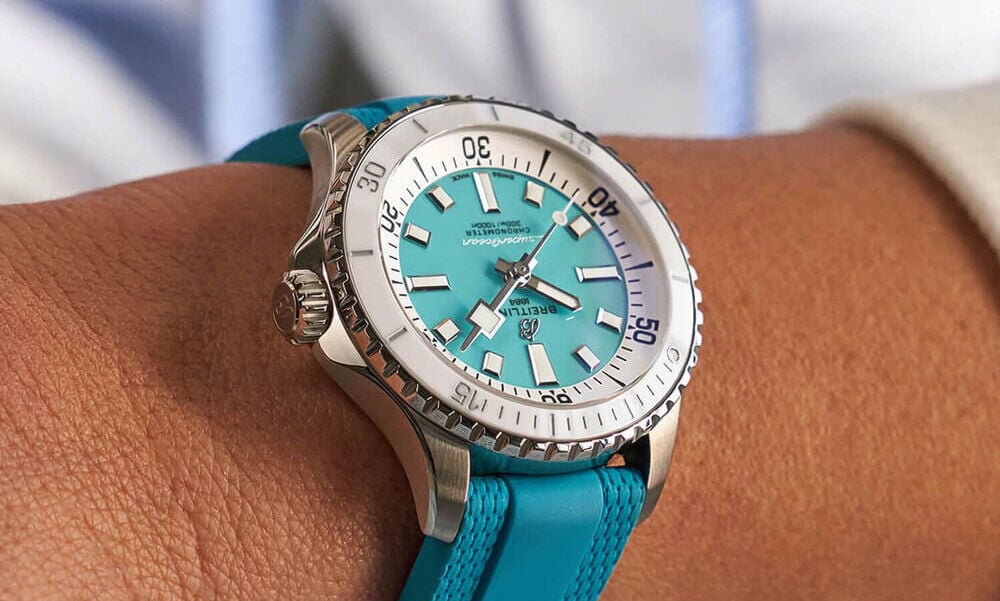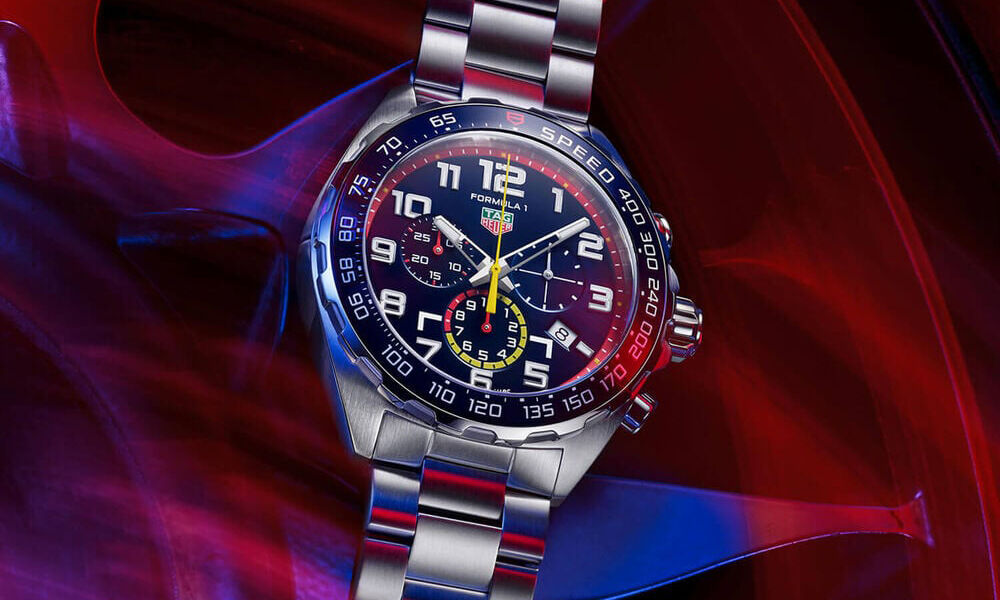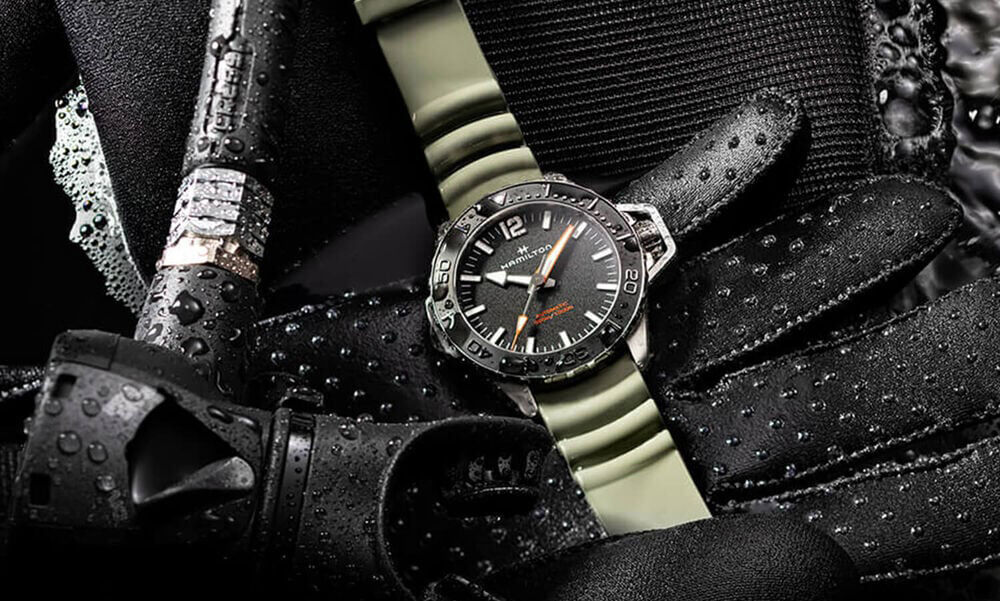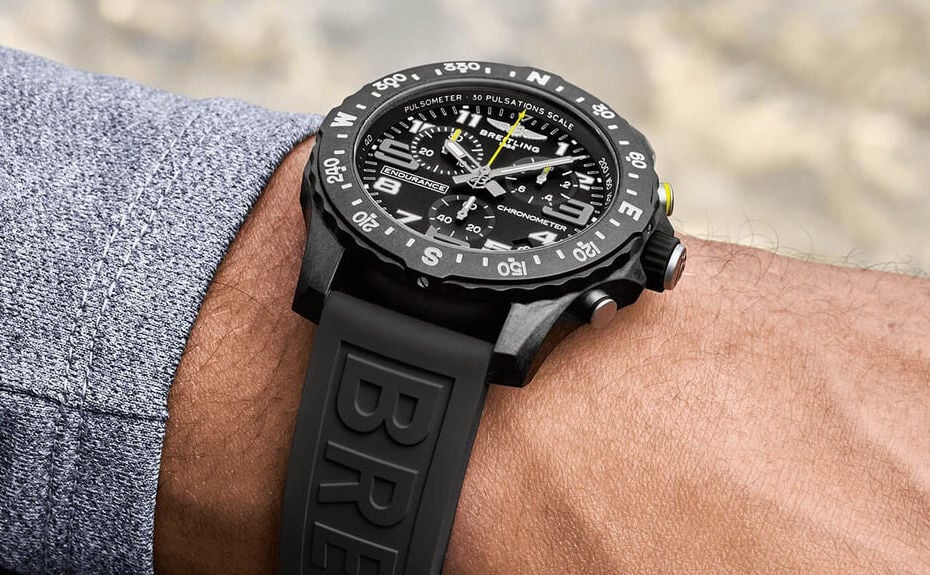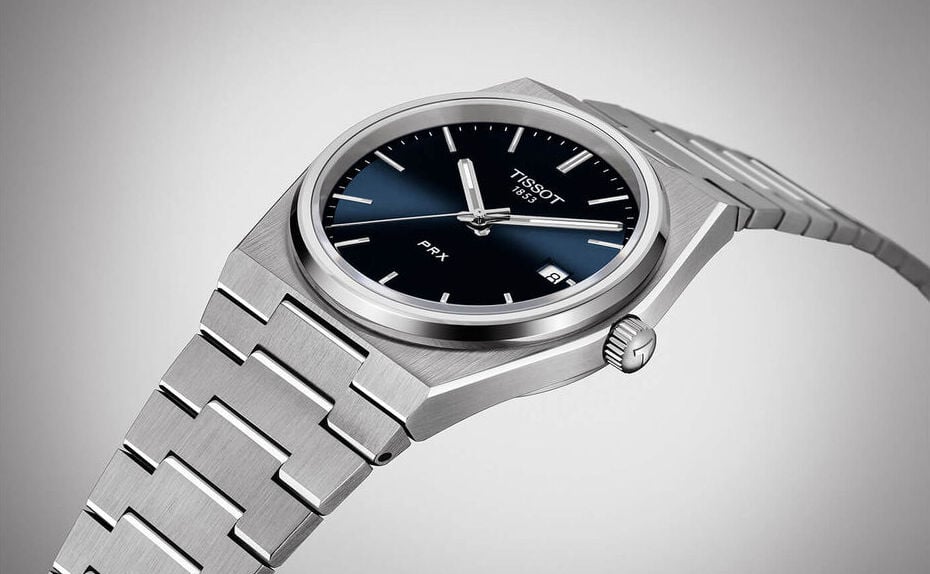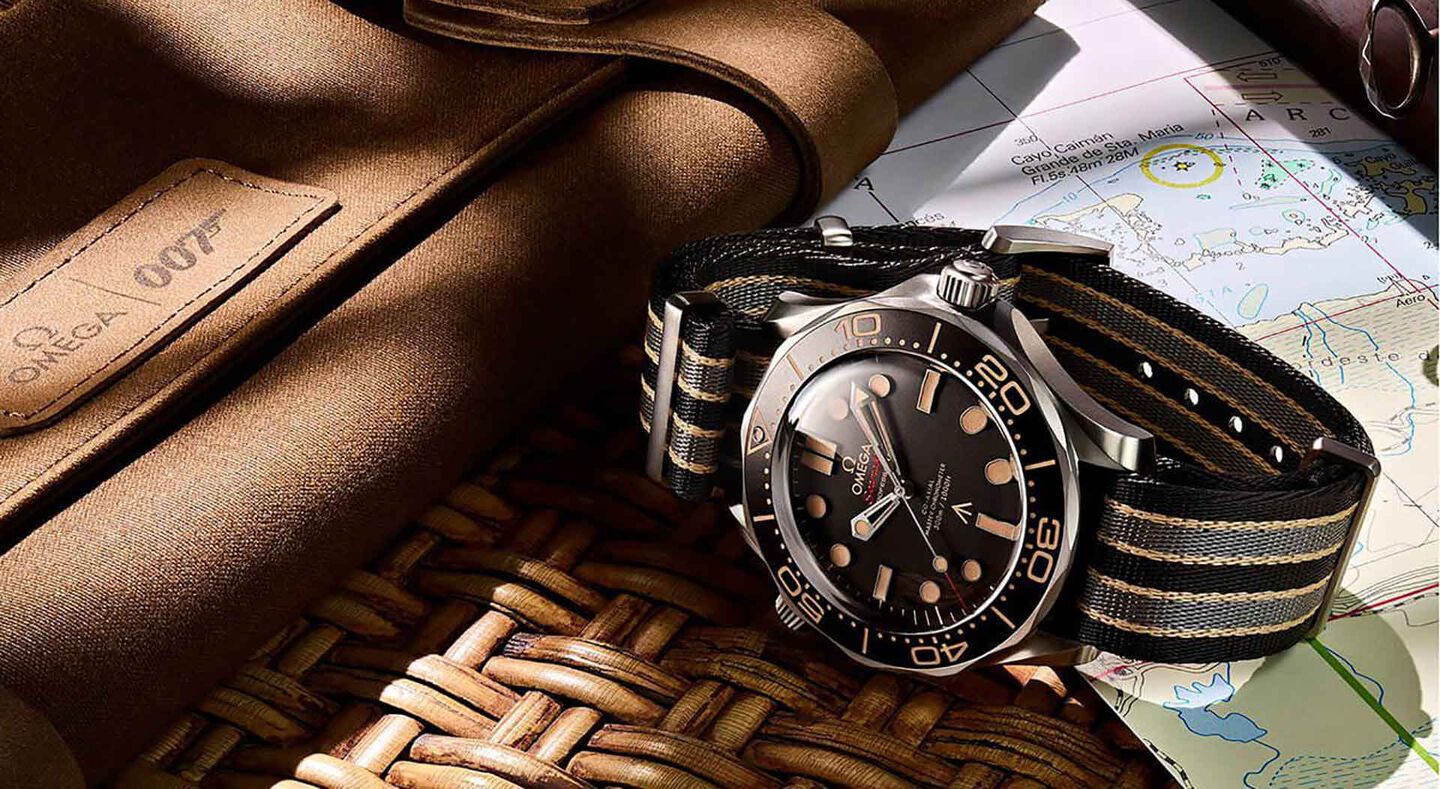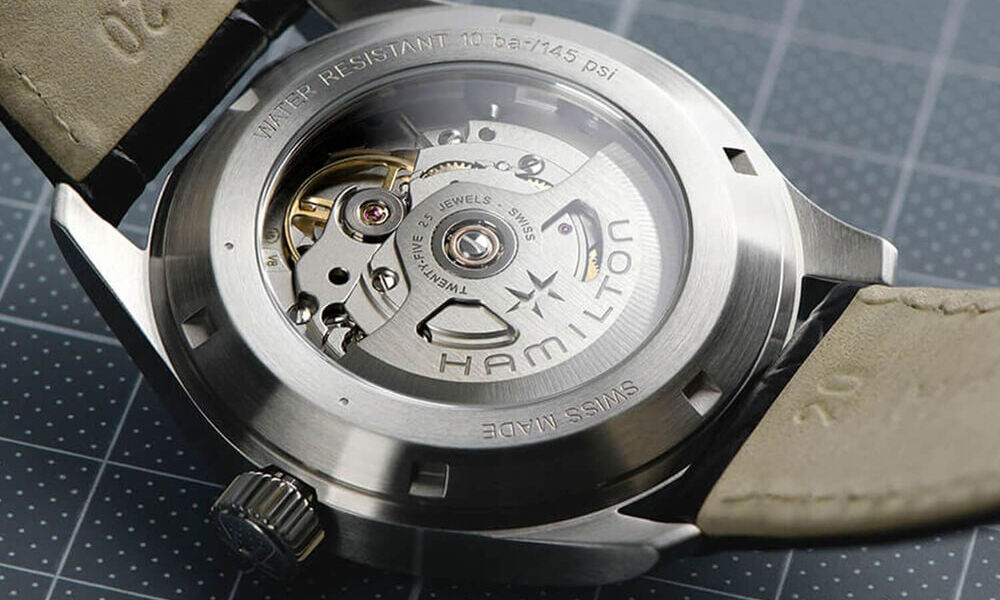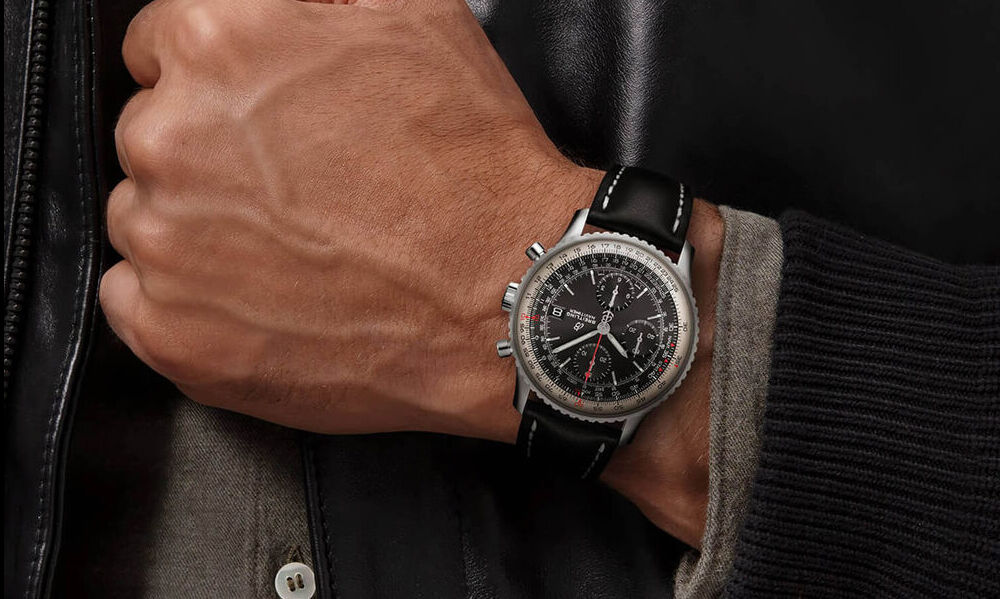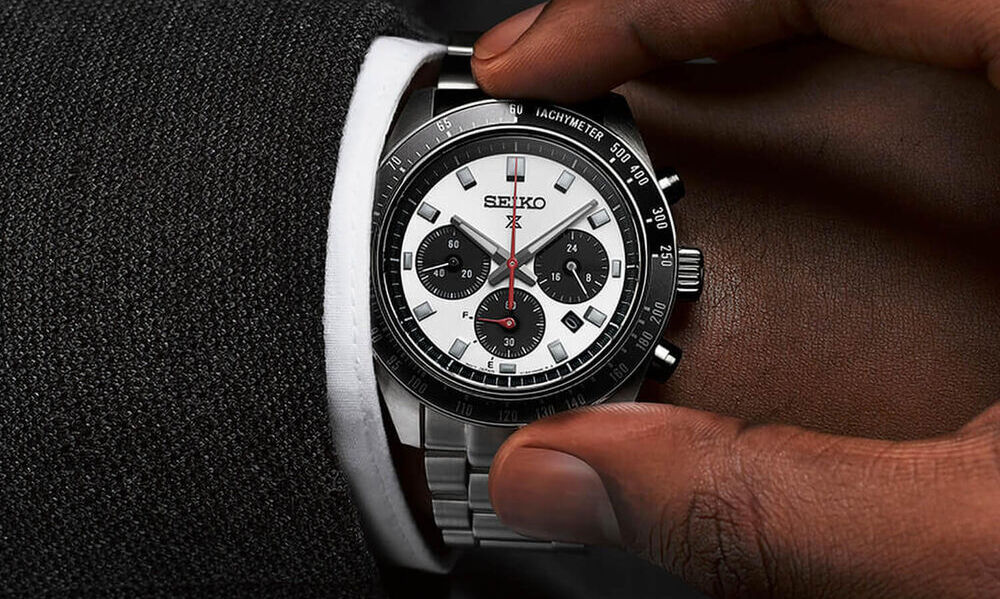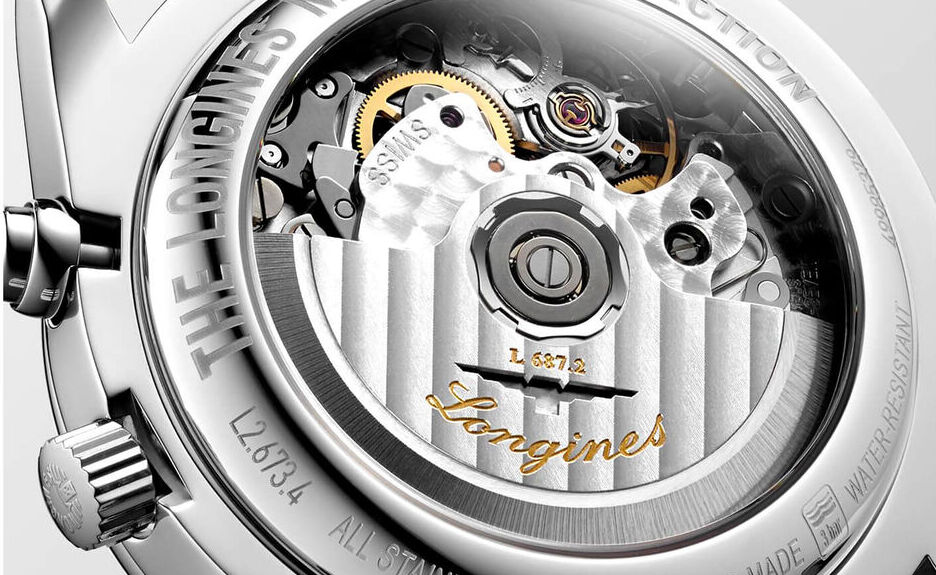Exploring Watch Movements: Quartz, Automatic and Manual
WHAT IS A WATCH MOVEMENT?
A watch movement refers to the mechanism of the watch and how it operates, without this a watch would not be able to function. It’s often called the "heart" or "engine" of a watch. The movement consists of intricate components, such as gears, springs, and other mechanical or electronic parts, that work together to measure and display time accurately.
WHAT ARE THE DIFFERENT TYPES OF WATCH MOVEMENTS?
The main three types of watch movements are, manual, quartz and automatic. Manual and automatic movements are mechanical, meaning they are only made up with mechanical parts. However, watches with a quartz movement have an electrical circuit and require a battery, but they also may have some mechanical parts too.
HOW TO IDENTIFY WATCH MOVEMENT
The obvious distinction between a quartz and mechanical movement can be seen in the motion of the hand. If you’re unsure on how to identify watch movement on your watch, you can check by looking at how the second hand on the clock moves. The ticking motion will vary depending on the watch type, so if the hand moves in individual ticks this is known as a quartz watch movement. Whereas, if the watch flows in a smooth sweeping motion, this will fall under a mechanical watch movement.
The difference is how the energy is transferred through the watch's mechanics, which in turn affects its time keeping abilities. How you want your watch to tell the time comes down to individual preference but there are some benefits to each that may sway your mind.
HOW DOES A MECHANICAL WATCH MOVEMENT WORK?
Mechanical watches are powered by winding a crown which transfers energy to the mainspring. The wearer must manually wind the watch regularly to keep it running smoothly. Whether it's automatic or manual winding, these movements offer a sense of tradition and heritage. From the mesmerising sweep of the seconds hand to the delicate ticking sound, a manual watch movement is one of the oldest offerings. Perfect for those who prefer a traditional charm and a deep connection to timekeeping. So, if you're in the market for a classic timepiece, consider a manual watch that will keep ticking as long as you wind it.
WHAT IS A QUARTZ WATCH MOVEMENT?
Powered by a quartz crystal, this movement ensures accurate time keeping as each pulse is transmitted at a rate of one per second. A popular choice among watch wearers, they’re known for their low maintenance and battery longevity, allowing you to enjoy a hassle-free timepiece. Whether you prefer a classic or modern design, quartz watch movements offer a sleek and stylish appearance.
HOW LONG DO QUARTZ MOVEMENTS LAST?
Quartz movements are known for their reliability and durability. On average, these watch movements can last anywhere between 10-20 years, depending on the quality and care. Regular maintenance, such as battery replacements and servicing, can prolong their lifespan. However, keep in mind that factors like water damage or accidental drops can affect their longevity. So, if you're looking for a reliable timepiece, quartz movements are a great choice with a lifespan that will ensure years of accurate timekeeping.
WHAT IS AN AUTOMATIC WATCH MOVEMENT?
Automatic movements include a rotor that rotates with the motion of the wearer's arm, transferring energy to the mainspring. This continuous winding action eliminates the need for manual winding. The self-winding motion of an automatic watch showcases its precision and artistry. These timepieces are not simply watches; they are living works of art that make a statement about the wearer's appreciation for tradition and craftsmanship. So next time you strap on an automatic watch, take a moment to embrace the beauty of its movements and the legacy it carries.
HOW LONG CAN AN AUTOMATIC WATCH LAST WITHOUT MOVEMENT?
An automatic watch is designed to be self-winding through the natural movement of your wrist. But what if you don't wear it for a while? Well, fear not. A fully wound automatic watch can typically last anywhere from 24 to 48 hours without any movement. However, the exact duration may vary depending on the watch model and its power reserve capacity. So, if you're planning to store your automatic watch for an extended period, consider investing in a watch winder to keep it ticking and ready for action when you decide to wear it again.
IS MANUAL WINDING BETTER THAN AUTOMATIC?
When it comes to watch movements, the debate between manual winding and automatic movements is a common one. While an automatic watch movement offers the convenience of self-winding through wrist movements, manual winding has its own unique appeal. Manual winding allows for a more intimate connection with your timepiece, as you take the time to wind it up yourself.
Additionally, manual winding movements are often slimmer and more elegant, making them a popular choice for dress watches. While automatic movements may be more practical for everyday wear, there is a charm and traditional feel to manual winding that many watch enthusiasts appreciate. Ultimately, the choice between manual winding and automatic movements depends on personal preference and the intended usage of the watch.
SOLAR POWERED MOVEMENT
As one of the sustainable choices in the market, solar watches have created an innovative watch construction that reduces carbon footprint. A solar movement relies on light as a renewable energy source to power the battery, so there is no need for manual recharging. A perfect alternative for environmental enthusiasts.
WHAT IS THE BEST WATCH MOVEMENT?
If you want to know the best watch movements, then the debate is never-ending as it’s ultimately down to personal preference and what suits your individual needs. No matter which watch movement you’re after, our collection of watches has an array of choices where you’ll find the perfect piece to suit your time keeping preferences.

